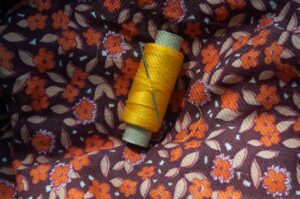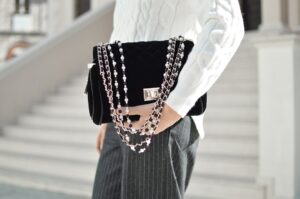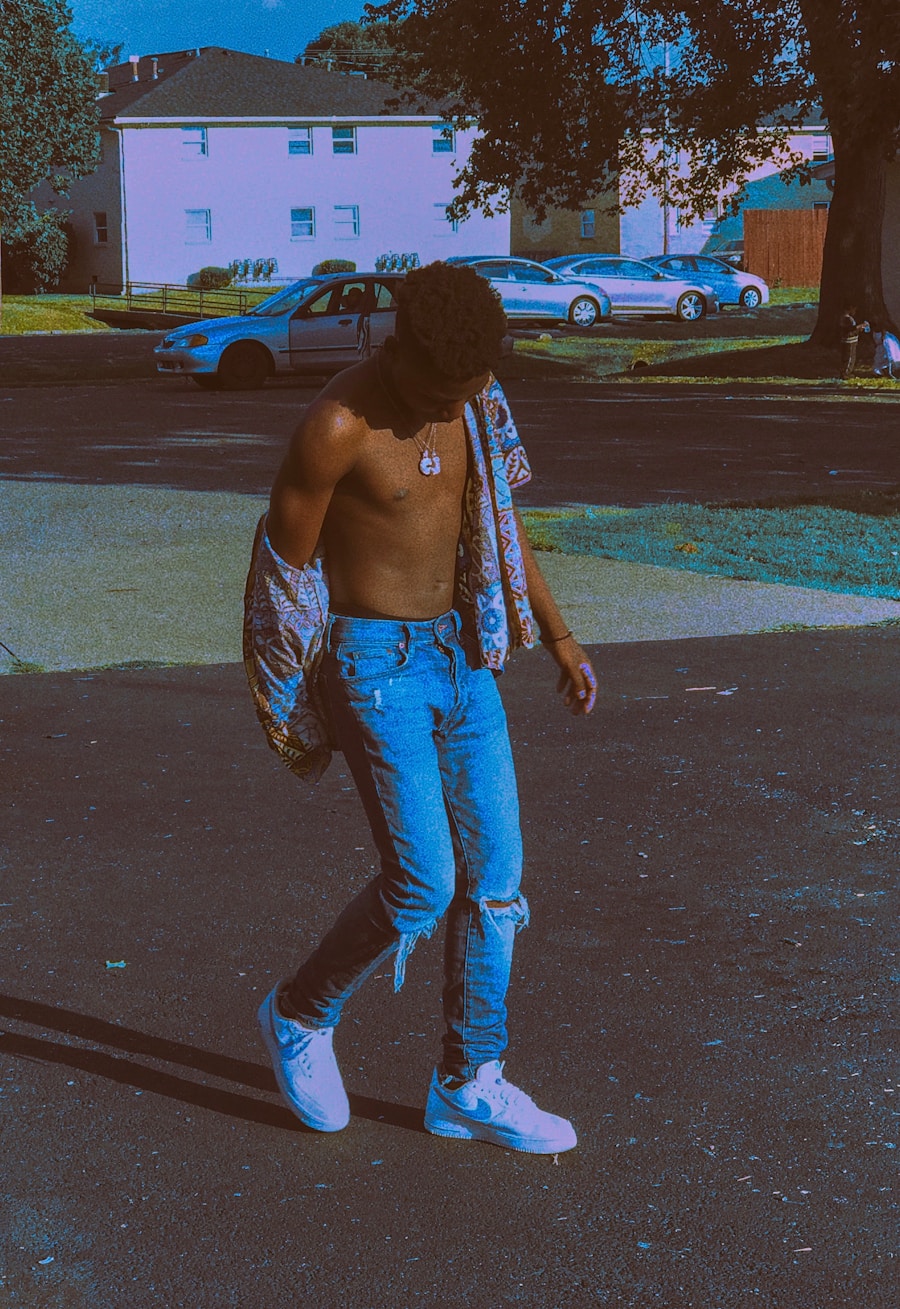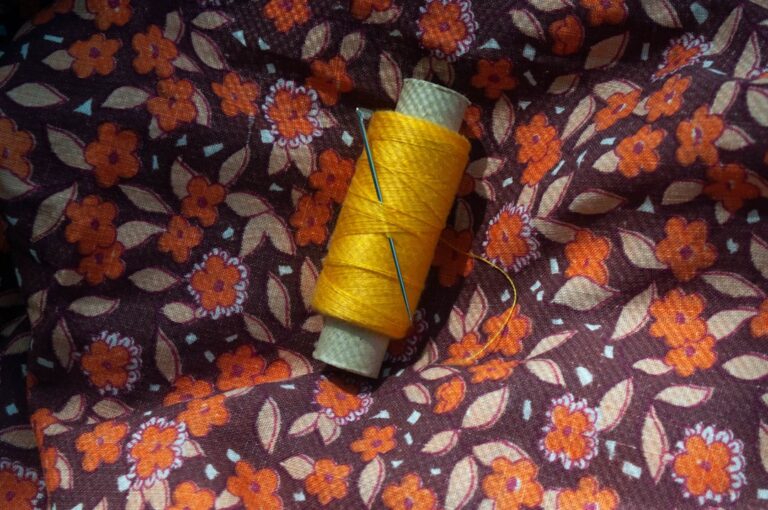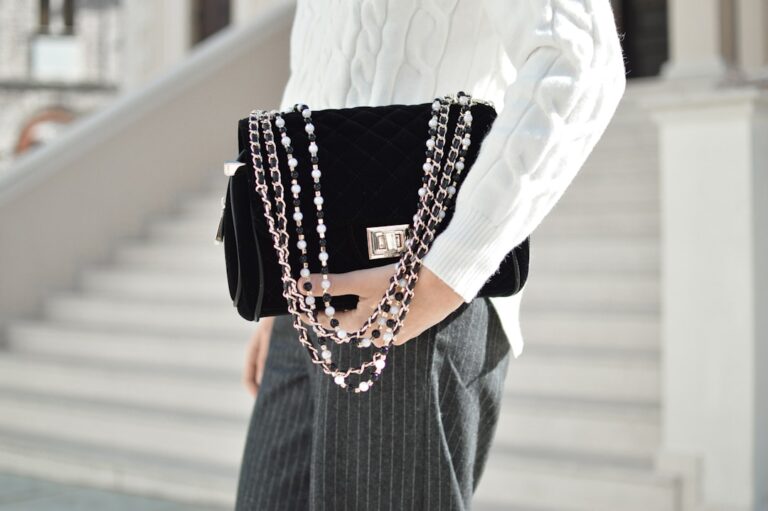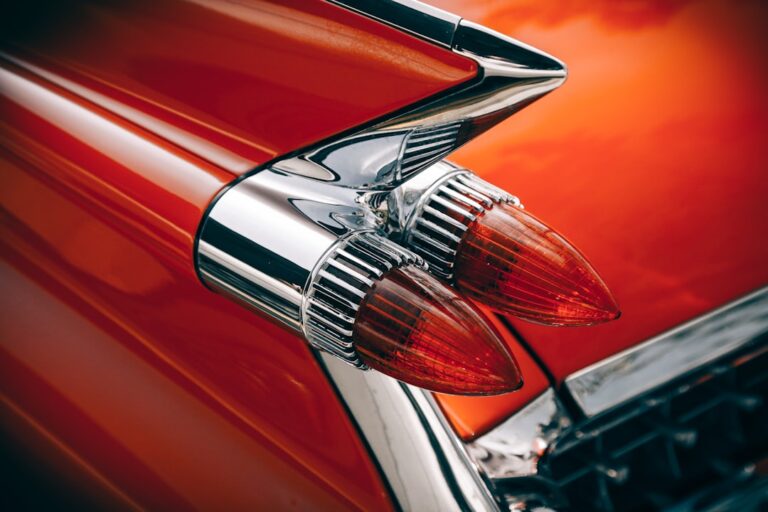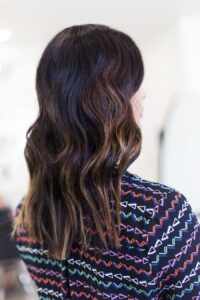The 1980s were a transformative decade for fashion, characterized by bold colors, extravagant silhouettes, and a sense of rebellion that resonated across various subcultures. This era’s influence on modern men’s style is undeniable, as contemporary fashion often draws inspiration from the audacious trends that defined the 80s. Today, we see a resurgence of oversized silhouettes, vibrant patterns, and a mix of casual and formal elements that echo the spirit of that iconic decade.
Designers and brands are increasingly looking back to the 80s for inspiration, resulting in a unique blend of nostalgia and modernity that appeals to a wide range of consumers. One of the most significant aspects of 80s fashion that has permeated modern menswear is the emphasis on self-expression. The 80s were marked by a departure from traditional norms, allowing men to experiment with their style in ways that had previously been considered unconventional.
This ethos continues to resonate today, as men increasingly embrace diverse styles that reflect their personalities. From athleisure to tailored suits with unexpected twists, the influence of 80s fashion is evident in the way men curate their wardrobes, blending vintage elements with contemporary aesthetics.
Key Takeaways
- 80s fashion continues to influence modern men’s style with its bold and daring aesthetic.
- Key elements of 80s men’s fashion include oversized silhouettes, bold colors, and statement accessories.
- Celebrity icons of 80s men’s fashion, such as Michael Jackson and Prince, continue to inspire modern fashion trends.
- Incorporate 80s fashion into your wardrobe by adding statement pieces like bomber jackets, acid wash denim, and bold graphic tees.
- Accessories played a crucial role in 80s men’s fashion, with items like chunky chains, aviator sunglasses, and snapback hats making a comeback in modern fashion.
Key Elements of 80s Men’s Fashion
Oversized Fit and Comfort
One of the most recognizable features of men’s fashion in the 1980s was the oversized fit, which was prevalent in everything from jackets to trousers. This trend was not merely about comfort; it was a statement of confidence and individuality. The baggy silhouettes allowed for freedom of movement and a relaxed vibe, which many men embraced as they navigated the changing social landscape of the time.
Bold Colors and Patterns
The use of bold colors and patterns further defined this era, with neon hues and geometric prints becoming staples in men’s wardrobes. The incorporation of athletic wear into everyday outfits also played a significant role in shaping the look of the decade. The rise of fitness culture in the 1980s led to the popularity of tracksuits, sneakers, and other sports-inspired clothing.
Materials and Texture
The use of materials such as denim, leather, and synthetic fabrics also played a crucial role in shaping the look of the decade. These materials not only added texture but also contributed to the overall rebellious spirit that characterized 1980s fashion.
Celebrity Icons of 80s Men’s Fashion
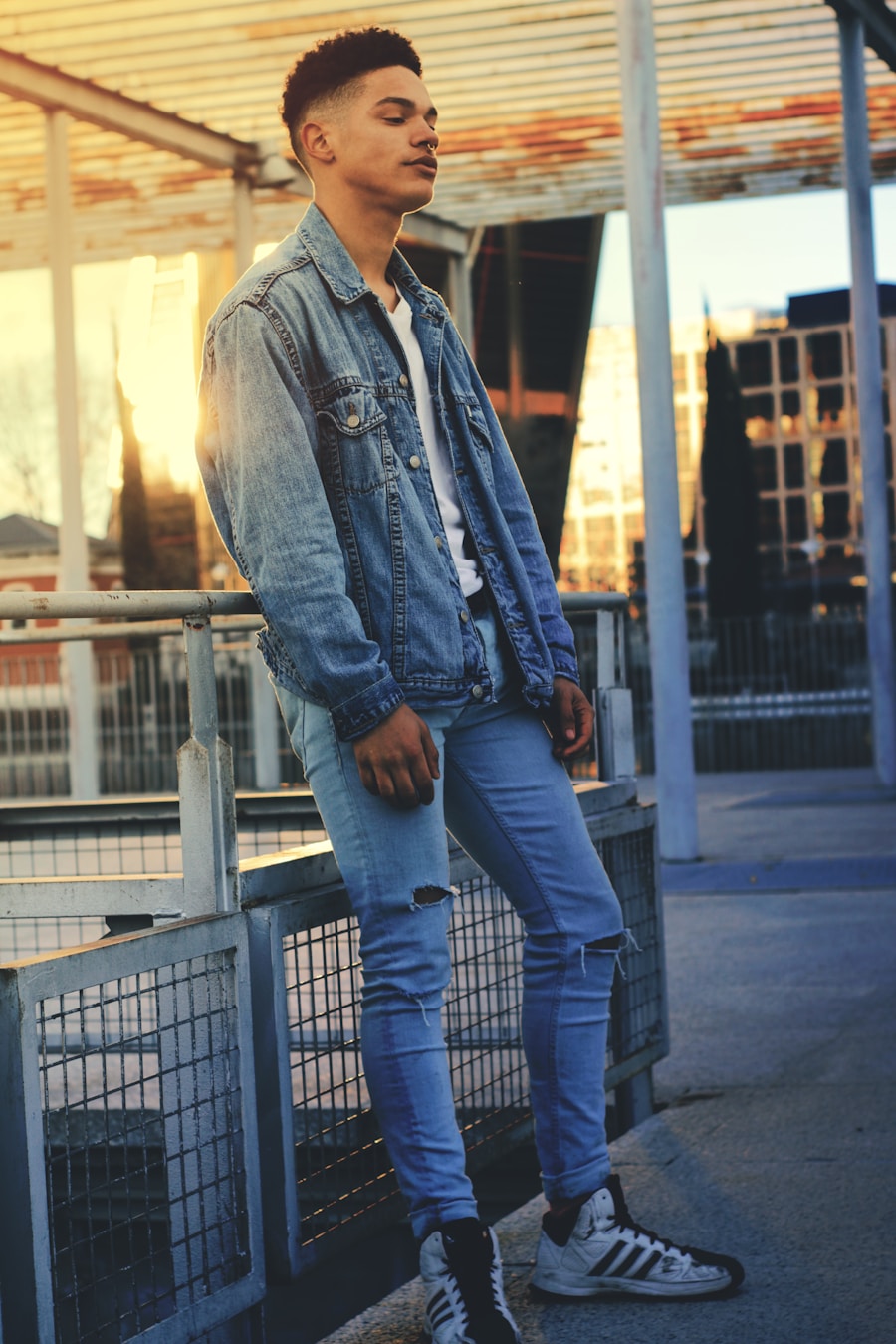
The 1980s produced a plethora of celebrity icons whose distinctive styles left an indelible mark on fashion history. Figures like Prince, David Bowie, and Michael Jackson became synonymous with the era’s bold aesthetic, each bringing their unique flair to the forefront of popular culture. Prince, with his flamboyant outfits and penchant for mixing masculine and feminine elements, challenged traditional gender norms in fashion.
His use of ruffled shirts, high-heeled boots, and vibrant colors inspired countless fans to embrace their individuality. David Bowie, often regarded as a chameleon of style, showcased an array of looks throughout the decade, from his Ziggy Stardust persona to his more refined appearances in films like “Labyrinth.” Bowie’s ability to reinvent himself continually influenced not only musicians but also fashion designers who sought to capture his eclectic spirit. Meanwhile, Michael Jackson’s iconic red leather jacket from “Thriller” became a cultural phenomenon, symbolizing the intersection of music and fashion in a way that resonated with audiences worldwide.
These celebrities not only shaped trends but also encouraged men to explore their identities through clothing.
How to Incorporate 80s Fashion into Your Wardrobe
| 80s Fashion Element | Ways to Incorporate |
|---|---|
| Shoulder Pads | Opt for blazers or dresses with built-in shoulder pads for a bold 80s look. |
| Neon Colors | Add pops of neon with accessories like belts, shoes, or jewelry. |
| High-Waisted Jeans | Pair high-waisted jeans with a crop top or tucked-in blouse for a retro vibe. |
| Statement Earrings | Choose oversized, colorful earrings to make a statement and embrace the 80s trend. |
| Animal Prints | Opt for animal print tops, skirts, or accessories to add a touch of 80s glamour to your outfit. |
Incorporating 80s fashion into a modern wardrobe can be both exciting and accessible. One effective approach is to start with statement pieces that capture the essence of the decade without overwhelming your overall look. For instance, an oversized blazer or a pair of high-waisted jeans can serve as a foundation for an outfit that pays homage to 80s style while remaining contemporary.
Pairing these items with more modern basics can create a balanced look that feels fresh yet nostalgic. Layering is another technique that can help integrate 80s elements into your wardrobe. Consider wearing a graphic tee under an oversized denim jacket or pairing a brightly colored windbreaker with tailored trousers.
Accessories play a crucial role in this process as well; incorporating items like chunky sneakers or retro sunglasses can elevate an outfit and provide that authentic 80s flair. By mixing vintage-inspired pieces with current trends, you can create a unique style that reflects both your personality and your appreciation for the past.
The Role of Accessories in 80s Men’s Fashion
Accessories were pivotal in defining 80s men’s fashion, serving as essential tools for self-expression and individuality. From bold jewelry to statement belts, these items allowed men to personalize their looks in ways that transcended mere clothing choices. Chunky gold chains, leather bracelets, and oversized watches were popular among men who sought to make a statement without compromising their style.
These accessories often complemented the vibrant colors and patterns prevalent in 80s clothing, creating cohesive looks that were both eye-catching and memorable. Footwear also played a significant role in shaping the aesthetic of the decade. High-top sneakers became synonymous with 80s culture, thanks in part to their association with hip-hop and street style.
Brands like Nike and Adidas released iconic models that are still celebrated today for their retro appeal. Additionally, loafers and combat boots found their way into men’s wardrobes, offering versatility for various occasions. The right pair of shoes could elevate an outfit from casual to chic, showcasing how accessories were integral to achieving the desired look.
Reviving 80s Fashion on the Runway
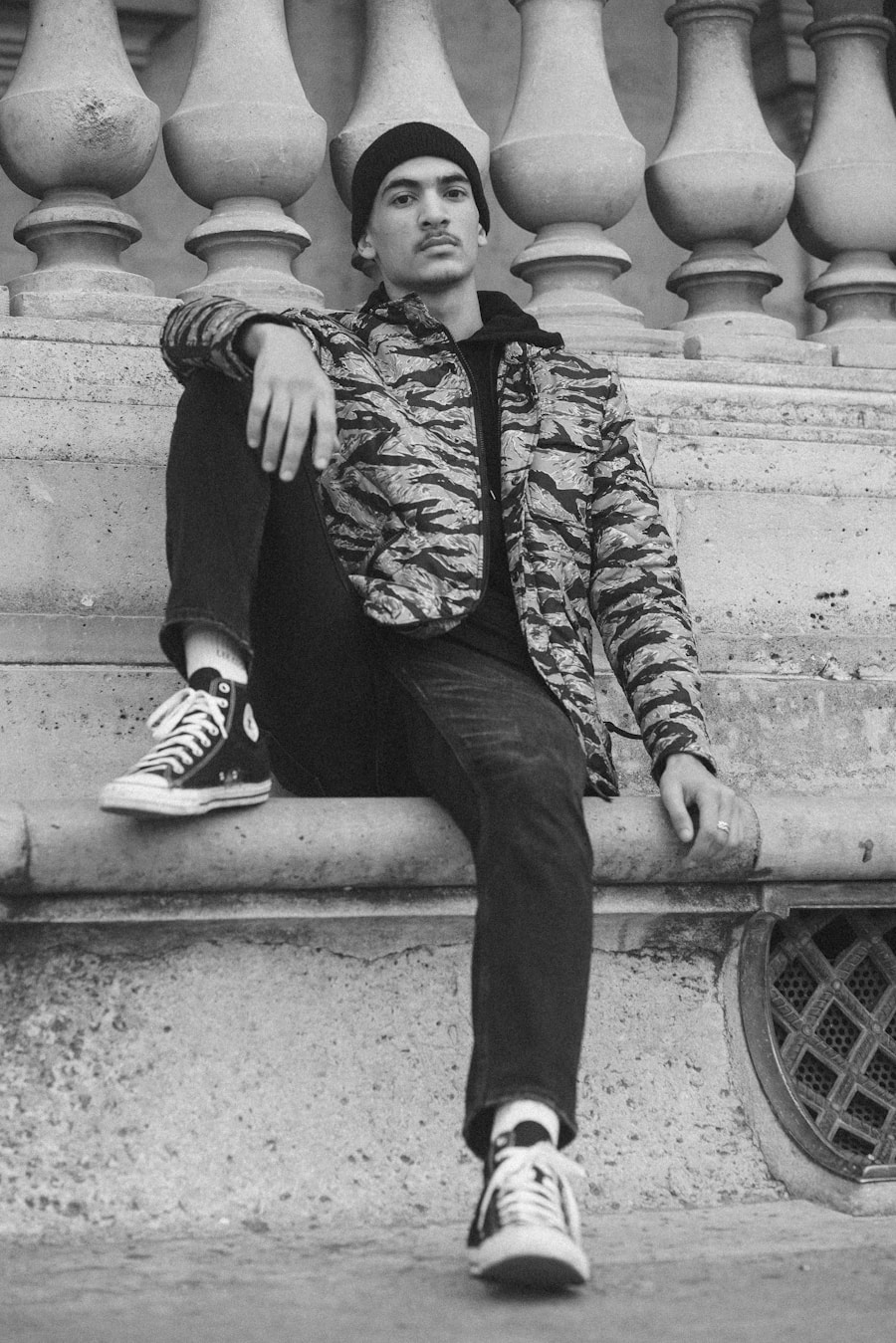
In recent years, fashion designers have increasingly turned to the 1980s for inspiration on the runway, reviving key elements from this vibrant decade while infusing them with contemporary sensibilities. Major fashion houses have showcased collections featuring oversized silhouettes, bold prints, and bright colors reminiscent of 80s styles. Designers like Balenciaga and Versace have embraced this nostalgia by reinterpreting classic pieces such as power suits and statement jackets, making them relevant for today’s fashion landscape.
The revival of 80s fashion on the runway is not merely about recreating past trends; it also reflects a broader cultural fascination with nostalgia in an era marked by rapid change. The boldness and exuberance of 80s fashion resonate with a generation seeking authenticity and individuality in their clothing choices. By reintroducing these styles in innovative ways, designers are not only paying homage to the past but also encouraging new interpretations that allow modern consumers to engage with this iconic era.
The Impact of 80s Fashion on Streetwear
Streetwear has emerged as one of the most influential movements in contemporary fashion, and its roots can be traced back to the bold aesthetics of the 1980s. The decade’s emphasis on casual wear blended with high-fashion elements laid the groundwork for what would become a global phenomenon. The rise of hip-hop culture during this time played a crucial role in shaping streetwear’s identity, as artists began to express themselves through their clothing choices in ways that reflected their backgrounds and experiences.
Key elements from 80s fashion have been seamlessly integrated into modern streetwear collections. Oversized silhouettes, graphic tees, and vibrant color palettes are now staples in many streetwear brands’ offerings. Collaborations between high-end designers and streetwear labels often draw inspiration from 80s aesthetics, creating unique pieces that resonate with both fashion enthusiasts and everyday consumers alike.
This fusion highlights how the influence of 80s fashion continues to shape contemporary style while remaining relevant in today’s fast-paced fashion landscape.
Embracing Individuality with 80s Men’s Fashion
At its core, 80s men’s fashion was about embracing individuality and breaking free from societal norms. This spirit remains alive today as men increasingly seek ways to express themselves through their clothing choices. The eclectic mix of styles from this era encourages experimentation; whether it’s through bold patterns or unexpected combinations, men are empowered to curate looks that reflect their personalities rather than conforming to traditional standards.
The resurgence of vintage shopping has further fueled this movement toward individuality. Thrift stores and online marketplaces are filled with unique pieces from the 80s that allow men to create one-of-a-kind outfits that stand out from mass-produced fast fashion items. By incorporating these vintage finds into their wardrobes, men can celebrate their personal style while paying homage to an era that championed self-expression and creativity in fashion.
This embrace of individuality not only honors the legacy of 80s fashion but also paves the way for future generations to explore their identities through clothing.
